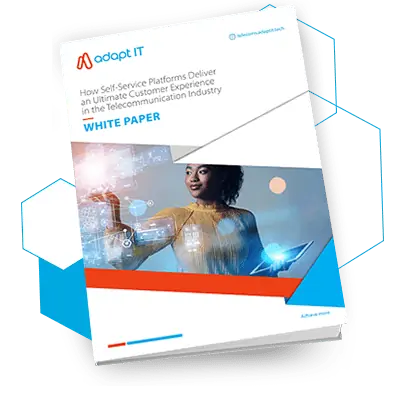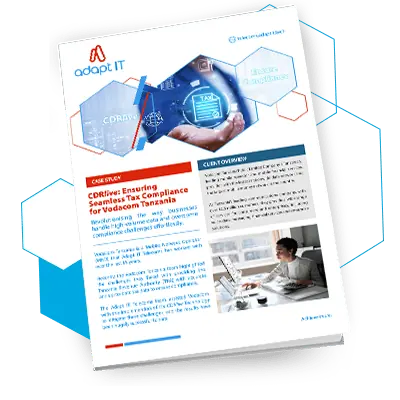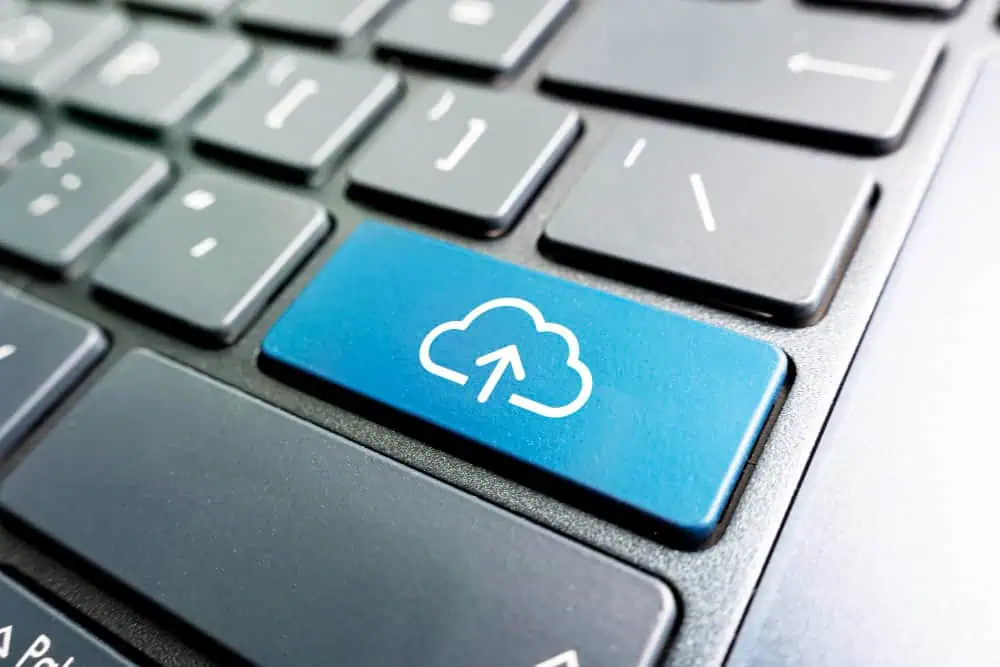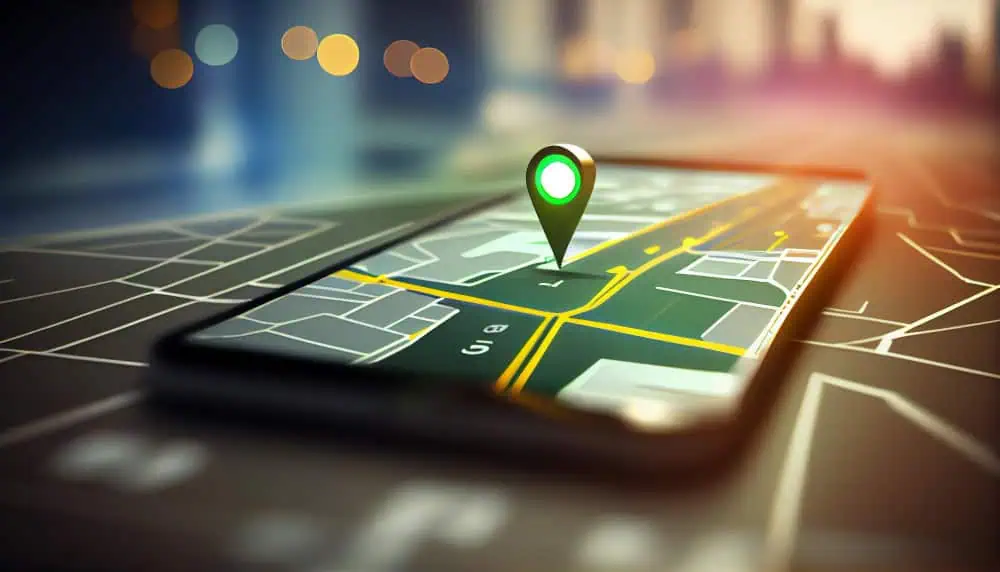The Internet of Things connects computing devices, machines, objects, animals or people with the ability to transfer data over a network without requiring human-to-human or human-to-computer interaction. In other words, it connects things to operate together without needing humans to be present.
Table of Contents
ToggleThree of the most common real-world examples of IoT applications include:
- Smart homes: managing your home through technology without having to be physically present. For example, using an app to switch on the oven 10 minutes before arriving home from work, or turning on the lights when you’re in France on vacation.
- Wearables: Wearable are smart devices installed with sensors and software, for example, fitness trackers like Fitbit and smartwatches.
- Smartphones: smartphones are IoT devices. These mobile devices enable many consumers to control different aspects of their lives from their home security systems, thermostats, baby monitors, smart appliances and more.
For businesses, IoT growth brings exciting opportunities by providing access to better data about their services or products and internal systems. Examples of applications where the Internet of Things can be used in Telecoms include inventory monitoring for devices, security systems and biometrics devices for access to data centres, to name but a few.
Internet of Things is enabled by a few technologies that include:
- Wireless sensor networks
- Cloud computing
- Embedded systems
- Big data analytics
- Semantic search engines
- Security protocols and architectures
- Communication protocols
- Web services
- Mobile internet
What is Industrial IoT (IIoT)?
Although the aim of the Internet of Things, in general, is to automate and improve processes, don’t make the mistake of confusing IoT technology with IIoT.
The idea behind IoT for consumer devices is about convenience, fun or entertainment, while the IIoT largely refers to the fourth industrial revolution which impacts sectors across manufacturing, retail, transport and logistics, healthcare sectors and more.
This technology is changing business models and empowering businesses to make better decisions and predictions. IoT systems and advanced analytics insight give businesses an opportunity to better their operational efficiency, especially where production lines and supply chains are concerned.
By making use of IoT self-monitoring and automation solutions, which are made possible by artificial intelligence (AI) and machine learning, businesses are able to improve efficiency and productivity. This, in turn, enhances customer experience, reduces operational inefficiencies and bottlenecks and reduces downtime.
Importance of Internet of Things
Internet of Things benefits consumers and businesses alike, especially where connected devices are concerned, especially now as 5G and edge computing technology is being introduced around the world. For consumers, IoT platforms cut down wasted time and provide convenience and smart solutions. For businesses, IoT infrastructure promotes efficiency, decreases human risk, provides economic benefits and decreases the need for human involvement which saves costs and resources.
In addition, it:
- Makes analytics more accurate and faster
- Enhances the real-time marketing of goods
- Provides guaranteed high-quality and secure processing of data
- Enhances customer experience
Benefits of IoT for Telcos
Internet of Things for Telcos bring the following benefits:
- Real-time data analytics help Telcos foster critical business insights and understand patterns. When using IoT data together with big data analytics, Telecom companies are able to build predictive models for future industry trends.
- Telcos can use radio-based, less power-consuming wide area networks (i.e. low power WAN) and develop IoT-based products and services for new revenue streams.
- Avoid equipment failure that leads to loss of reputation and revenue with real-time monitoring, even from remote sites. By using IoT products, Telcos are able to reduce costs and make power management more efficient.
- Reduce the risk of having expensive equipment stolen, even at remote sites by installing IoT-powered smart security cameras at remote sites to pick up any on-site tampering and alert the relevant parties and employees in real-time. It also enables the restriction of access to unauthorised individuals, creating better security protocols. In addition, the same can be applied to safety hazards like fire and so on.
Security and IoT
The Internet of Things brings great benefits, but it also brings concerns that must be addressed with its usage.
Unfortunately, there are many companies that are in a rush to get their product out in the market first but neglect making security and privacy a priority, leading to huge security risks like unsecured entry points and the misuse of personal information. In addition, the lack of proper IoT security protocols will facilitate attacks on other systems.
IoT collects extremely sensitive data over a network, which is why security and data privacy should be made a top priority, and why businesses need to ensure that IoT networks are isolated and protected. If people and things are not safe, the reputation of the business is at stake.
Conclusion
IoT is changing the world as we know it, especially from a digital transformation point of view. The use of IoT is changing everything from the way we grow our food, to how we live our daily lives as well as business processes and models. The Internet of Things enhances efficiency for consumers in their daily lives and ensures businesses are maximising their efforts and operations. We expect this technology to continue to gain momentum and make a significant impact on the world as we know it in the coming years.

Effectively manage your IoT ecosystem with IoT Connectivity

Steven Sutherland experienced Adapt IT Divisional Executive, dynamic business leader for their Telecoms Division with a demonstrated 25-year history in the telecommunications and IoT sectors. Strong global marketing, sales, and business development professional with 15 plus years focused experience in the Southern and Rest-of-Africa markets and a unique blend of entrepreneurial spirit combined with a passion for both technology and business.
At Adapt IT Steven is responsible for building and growing the Telecoms Division on top of its industry-proven software competencies including but not limited to Customer Experience and Self Service, NextGen VAS, IoT, FINTECH, and Advanced Analytics. Steven is always looking forward to an opportunity to demonstrate the value that his 20 plus years of experience in these disciplines can bring to your business








